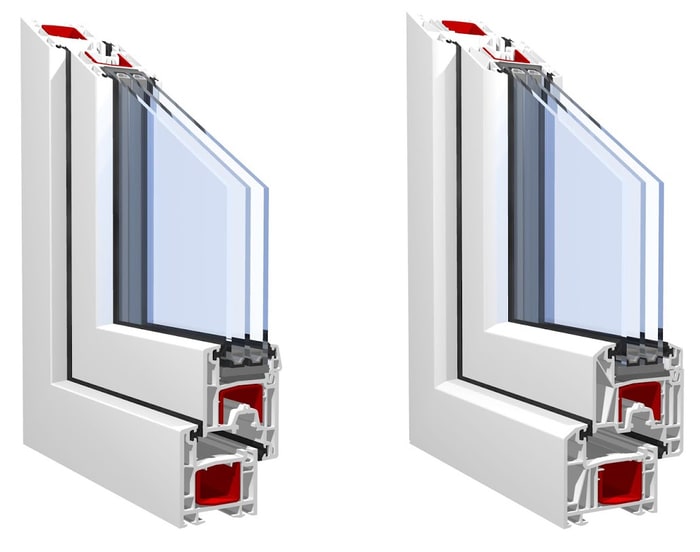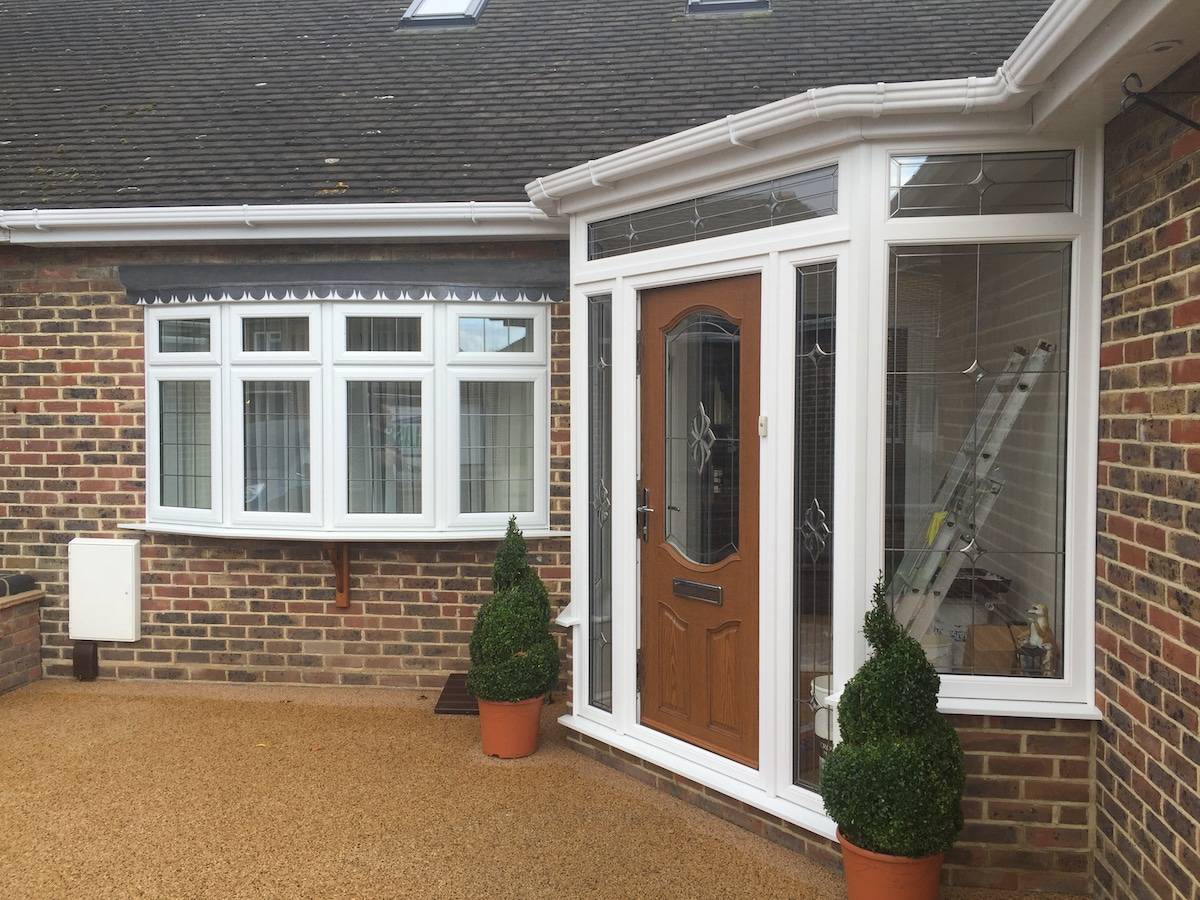All Categories
Featured
Table of Contents
Double Glazing Vs Triple Glazing For Windows (2023) in Darch Perth
That window can send more solar heat in winter season than in summer season. A west-facing window on a summertime's afternoon has an angle of incidence from near 0 approximately 30 with a big effective area of solar radiation. A north-facing window, in summertime, has a high angle of incidence and a low efficient location of solar radiation, so can transfer less heat than a west-facing one.

You can quickly and quickly improve the thermal efficiency of your home by replacing your windows. There are thousands of types of glass and frames to pick from.
Keeping Your House Cool In The Summer in Redcliffe WA
There are several kinds of glass items to select from. Single glazing utilizes a single pane of glass. Single glazing with clear glass is not very efficient when it pertains to heat loss or gain. To improve performance, you can use single glazing with a more energy-efficient type of glass such as low emissivity (low-e) glass.
Several layers can be assembled with sealed cavities between each sheet of glass. IGUs normally offer much better energy efficiency than single glazing, because they transfer less energy. However, the energy efficiency of IGUs also depends upon: the homes of each layer of glass. Various glass types (for example, clear and low-e glass) can be created in an IGU.
Double Glazed Windows: A Complete Guide in Langford Western Australia

IGU cavities can be filled with air or a more inert, low-conductivity gas such as argon the width of the cavity. Cavity density is typically 6 to 18mm. Wider cavities provide lower (better) U worths, with 12mm generally accepted as the preferred gap how well the cavity is sealed. Cavities need to be dry and well sealed to prevent wetness getting in.
If argon is installed to the cavity in location of air, moisture is reliably omitted the level of desiccant (drying agent). The spacer (metal or polymer strip) that separates the glass layers consists of a desiccant to absorb any moisture. Inadequate desiccant might trigger moisture to condense on the glass surface area in cold conditions, reducing thermal efficiency.
Why Is Double Glazing So Important In Winter? in Melville Western Australia
In fact, IGUs can provide better energy performance for all climates, specifically in heated and air-conditioned homes. Cross-section information of single, double and triple-glazing units Low emissivity glass (frequently called low-e glass) decreases heat transfer. Low-e glass may be either high or low transmission: High transmission low-e glass has a finishing that permits daylight from the sun to pass into the home to accomplish great solar heat gain, but lowers the quantity of the long wavelength infrared heat that can leave back through the window.
Low-e glass has either a pyrolytic covering or a vacuum-deposited thin film metal finishing. Pyrolytic finishes are durable and can be utilized for any glazing; vacuum-deposited finishings are soft and are only utilized within IGUs. Low-e coverings can considerably improve both U worth and SHGC; however, they should be used correctly or they will either deteriorate or fail to perform as required.
What Are The Benefits Of Double Glazed Windows? in Kiara Western Australia
Low-e finishings can be used in combination with clear, toned or reflective glass. Low-e finishings on glazing can lower heat transfer where needed Picture: Department of Market, Science, Energy and Resources Toned glass has actually colouring ingredients consisted of during manufacture. It is readily available in various colours, usually bronze, grey, blue and green.
Table of Contents
Latest Posts
Does Double Glazing Keep Heat Out in South Fremantle Perth
Which Double Glazed Windows Are Best For Summer? in Kalamunda WA
Why Install Stunning Double Glazing Windows During Summer? in Hamilton Hill Perth
More
Latest Posts
Does Double Glazing Keep Heat Out in South Fremantle Perth
Which Double Glazed Windows Are Best For Summer? in Kalamunda WA
Why Install Stunning Double Glazing Windows During Summer? in Hamilton Hill Perth